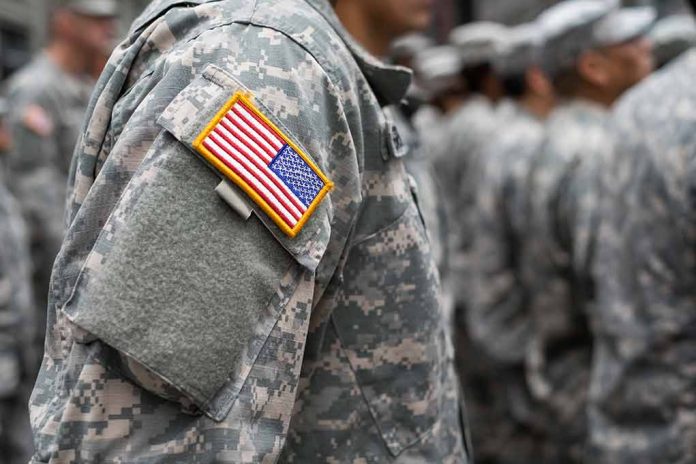
Defense Secretary Pete Hegseth has mandated uniform physical fitness standards for all military personnel in combat positions, eliminating gender-based differences in requirements.
Key Takeaways
- Defense Secretary Pete Hegseth signed a memorandum requiring gender-neutral fitness standards for all combat positions in the military.
- Military services have 60 days to propose changes and 30 days to provide an interim report on implementation of the new standards.
- The policy focuses on ensuring standards are based on operational demands and readiness, not gender.
- The new uniform fitness standards are expected to be implemented by the end of October 2025.
- Current combat roles already have stringent fitness standards, but the new policy aims to standardize requirements across all services.
Hegseth Announces Sweeping Changes to Combat Fitness Requirements
In a significant policy shift announced after returning from Japan, Defense Secretary Pete Hegseth has mandated that all military personnel in combat positions must meet the same physical fitness standards regardless of gender. The directive, which builds on a previous March 12 memo regarding military standards, requires military services to identify combat arms jobs that demand heightened physical fitness and ensure standards are based solely on operational requirements. The Pentagon order specifically calls for the elimination of lower physical fitness standards for women in combat units, a change expected to reduce the number of women qualifying for such roles.
The memorandum gives service leaders 60 days to propose changes and 30 days to provide an interim report on implementation. According to the directive, the new fitness standards must be implemented by the end of October 2025. This represents a major shift in how the military evaluates physical readiness for combat positions, focusing on operational demands rather than demographic considerations. The order specifically targets special operations and infantry positions, though services will need to conduct complex assessments to determine which roles fall under the combat arms designation.
🚨JUST IN🚨
The Secretary of Defense Pete Hegseth announces he’s signed a new memorandum which ensures both men and women have the same fitness standards for combat roles.
This is equality! pic.twitter.com/fd7fMnGvKa
— Breanna Morello (@BreannaMorello) March 31, 2025
Combat Readiness Versus Demographics
While the U.S. military currently operates with a two-part system for fitness standards – routine annual tests and more rigorous standards for specific combat roles – this new policy aims to standardize requirements for all combat positions across services. Currently, many combat jobs already have stringent fitness standards that apply equally regardless of age or gender. The Army and Marines, in particular, maintain specific fitness thresholds for combat roles that are not adjusted based on demographic factors. Hegseth’s directive reinforces and expands this approach while ensuring standards remain high. “As the nature of warfare evolves and the demands on our service members grow more complex, it is imperative that we assess and refine the physical fitness standards that enable our readiness and lethality,” explained Hegseth.
The debate over how to fairly assess women’s physical fitness for combat jobs and leadership roles has been ongoing within the military for years. In 2022, the Army adjusted grading standards for women and older service members after a RAND study revealed higher failure rates among these groups. Different branches have historically maintained varying fitness test standards for men and women, but Hegseth’s policy aims to eliminate these differences specifically for combat units, while gender-specific standards may remain for non-combat military jobs.
Prioritizing Military Readiness
Secretary Hegseth has been clear about his position on women in combat roles, stating they should not be permitted in combat units if they cannot meet the same physical standards as men. This perspective has raised concerns among some that the new policy could significantly reduce female representation in combat positions. However, proponents argue the focus should remain on military effectiveness rather than demographic representation. The policy emphasizes that leadership positions and combat roles should be assigned based on capability, not gender considerations.
The ultimate success of this initiative will depend on the military’s commitment to maintaining high standards for all service members without compromising on readiness. Critics have previously expressed concerns about potential lowering of standards to accommodate demographic targets, which could affect military readiness. Hegseth’s directive appears designed to address these concerns by establishing consistent requirements based on operational demands rather than any other considerations. As the implementation proceeds, military leaders will need to carefully navigate the balance between maintaining elite combat readiness and providing appropriate opportunities for all qualified personnel.
Sources:
Hegseth orders fitness standards to be gender neutral for combat jobs. Many already are
Pentagon Eliminates Lower Fitness Standards for Women in Combat Roles
Pete Hegseth Requires Everyone in Combat Units to Meet the Same Physical Fitness Standards







